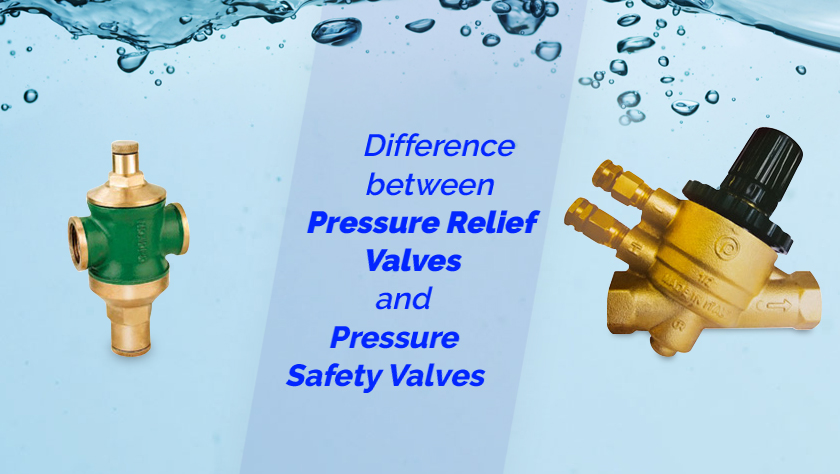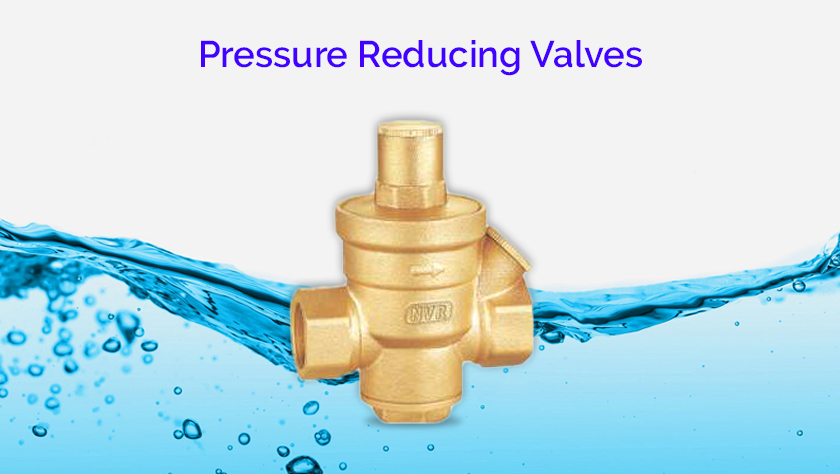A pressure relief valve is one that is used to limit the pressure in a system within a specific set level. However, a pressure safety valve actuates automatically to release excessive pressure. Relief valve opens only when the pressure reaches the specific set pressure limit and is usually operated by an operator. It does not require operator assistance to release excessive pressure.
The similarity between the pressure relief valve and the safety valve is that they both are spring-loaded valves. Usually, the valve is forced shut by the spring. When the pressure increases, the force of the spring has overcome that forces the valve to open.
Classification of the Pressure Relief Valves
Pressure Relief Valves are essential for controlling the flow rate of fluid, thereby facilitating the practical use of the system and providing additional safety to pressurized vessels or systems. There are three types of Pressure relief Valves.
- Safety valves: – A pressure valve that is used with compressible gases, steam, and air services.
- Relief valve: – A valve that is used in a hydraulic system as pressure over sill devices. They can further be into adjustable relief valves and safety relief valves. They are usually used in naval ships for generating thermal electricity.
- Safety Relief valve: – A valve that is used either for liquid or compressible fluids in a pressurized vessel is called a safety relief valve. These are generally used in boilers.
Classification of Safety Relief Valves
- Conventional(spring-loaded):- The main components of traditional spring-loaded safety relief valve are the nozzle, seat disc, disc holder, bonnet, spring, set pressure adjusting screw, body, and blowdown adjustment ring.
- Pilot operated:- The main component of pilot-operated hydraulic valve is inlet from the system, orifice, main spool spring, dart, pilot spring, adjustment screw, pilot drain, the skirt of the spool, and
- Balanced bellows:- The essential components of Balanced bellows relief valve are nozzle, body, adjusting ring, disk, seating surface, bellows, balanced piston, bonnet, spring, adjusting screw, stem, and cap.
SKG Pneumatics is the best supplier of industrial valves in Delhi. The company has been into pneumatic industries for several years. The company manufactures different types of relief and safety valves that can be used in the industrial production unit. The pressure safety relief valve can prevent damage to property, life, and environment to a great extent and shall be used in every industry for additional safety. The pressure relief valves can be used in pressurized vessels, boiler, and other pressurized systems.











 FSC
FSC